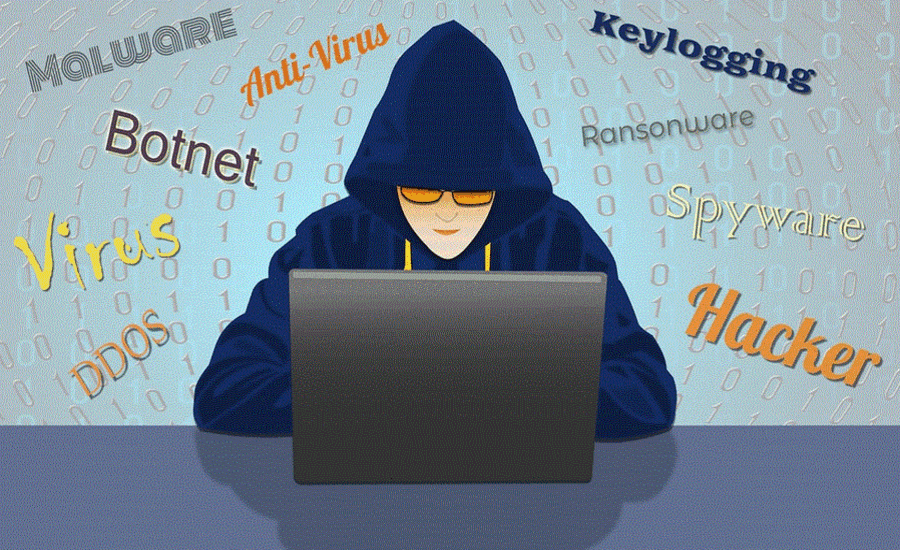How to Spot Malware Emails: A Quick Guide
Phishing emails constitute one of the most typical types of threats to personal and corporate users. Most of the time, they appear to be common messages and when opened contain attachments that have links with malware meant to infect the devices. It is thus important to be able to distinguish these emails to secure your personal as well as business information. In this guide, we will explain step by step how to identify a malware email and how to avoid it.
What Are Malware Emails?
Malware emails are real emails that are crafted to deceive the recipient into downloading a virus, opening an attachment, or clicking a link to a malicious website. After a user has come across these elements, a virus like, ransomware or spyware is injected into a user’s system. These emails can result in unauthorized access to the affected accounts, theft of information, or total system blackouts.
An effective way to combat malware emails is by using mail filtering services, which can block suspicious messages before they reach your inbox. However, it’s important to remain vigilant, as no system is entirely foolproof.
Key Signs of Malware Emails
That being said, learning how to effectively spot malware emails is your best bet at avoiding them. Here are the key signs to watch out for:
1. Unfamiliar Senders or Spoofed Addresses
One feature of a malware email is that normally originates from unknown senders or addresses that look somewhat peculiar. The sender may impersonate a friend, colleague, relative, or anyone you know but the email address will look almost real but will contain slight alterations such as numbers or letters added at the end. This is very important, primarily because you should not always trust the person with whom you are communicating, so the sender’s email address should be double-checked before clicking on any links or before downloading attachments.
2. Urgent or Threatening Language
Malware emails can be rather convincing because the sender tries to make the receiver act as quickly as possible. Such words as ‘Your account will be deleted if you do not take action!’ or ‘Please take the following action immediately!’ are typical words used to deceive the people being targeted. It is also indicative of the fact that cybercriminals need your panic to reduce your level of care, to make people click on links or open attachments without fully thinking about the email it came in.
3. Unsolicited Attachments
Perhaps the most apparent example of how it is possible to deliver malware is by attaching malicious files to emails. If you receive a real file from someone especially one that may contain macros from Excel such as *. Exe., Zip, or. SCR is a sign of caution. If the sender may seem familiar, contact that person separately whether the attachment that was sent is safe to open.
4. Suspicious Links
Some of the malware is sent through emails and contains links to certain websites which are also malicious. To learn if a link is dangerous, don’t click on it but place the cursor over the link. This will point to the URL it leads to. Anyone receiving such emails needs to refrain from clicking on the URL if the URL is unfamiliar or has no connection to the message’s content. One must type the address of the ‘. Com’ site at the address bar of the browser, rather than clicking the link provided to access the site.
5. Poor Grammar and Spelling Mistakes
In general, the emails, that try to deliver malware, contain misspellings and punctuation mistakes, as well as semantically illogical phrases. Some scams are composed with good grammar while others contain spelling and punctuation errors, if there are any grammatical errors in an email then that is a sign that they are fake.
6. Generic Greetings
Any email that is going to come from a genuine source like a business or persons who are known to you will most certainly use your name. Cybercriminals do the same as many of their emails are sent to as many recipients as possible, and they start with such as “Dear Customer” or “Dear User”. If an email doesn’t even have your name or anything close to it in the greeting don’t engage with it.
Preventions Against Malware Emails
As scary as the presence of malware emails is, they easily get in and this makes it possible to open them without so much care. Follow these best practices to protect yourself:
1. Utilize Mail Filtering Services
One of the most effective measures to counteract or avoid falling into a ‘malware’ email trap is coming up with mail filtering services. These services scan the incoming messages so that the potentially dangerous email messages can be expelled from your mailbox. Although these services help decrease the volume of spam reaching your inbox, new and creative scams always make it through and thus require a closer look at all the emails making it to the inbox.
2. Use Antivirus and Anti-Malware Software
In ensuring that one fights cyber threats effectively it is important to have an up-to-date Antivirus/Anti-malware tool. Such programs work as system guardians, and they monitor your computer for any possibility of the presence of malicious activity and prevent the malware from penetrating the system. Also, other features in the antivirus software can scan emails for threats in attachments and links.
3. Educate Yourself and Your Team
For one to practice safe email or if you are representing a given business, proper training is important all the time. Get to know the current trends and strategies commonly used by the phishers and those that are commonly used when sending malware mail. For businesses, it’s recommended to conduct normal security workshops and perform some phishing tests to train your employees well enough to deal with the emails that raise red flags.
4. Enable Two-Factor Authentication (2FA)
The two-factor authentication secures your e-mail accounts as it enhances the security of the accounts. Should you fall for malware containing an email and give your login details to the hacker, 2FA will ensure that the hacker does not gain entry into your account. 99% of email providers provide 2FA, thus check whether this option is active for all the accounts you have.
5. Backup Important Data
In the case that malware gets into your system, at least you will be safe knowing that your important data is backed up and hence not easily lost. Back up your stores in external tools or cloud resources so that your data and information remain secure and easily retrievable in case the main system and data are violated.
Conclusion
Observing malware emails is an effective task in a world where cyber threats are becoming more and more actualized. Such signs include Receivers from unknown people, emotive language, recipients receiving attachments they did not request, and links they have not clicked on; all help in avoiding falling prey to malware attacks. One can also add or subscribe to mail filtering services, learn about new phishing tricks, and resort to using tools like antivirus and 2FA – all these will help strengthen the defence line. Thus, a good level of awareness and non-religious adherence to the basic security rules give you the best chance to protect yourself from the malware emails.




